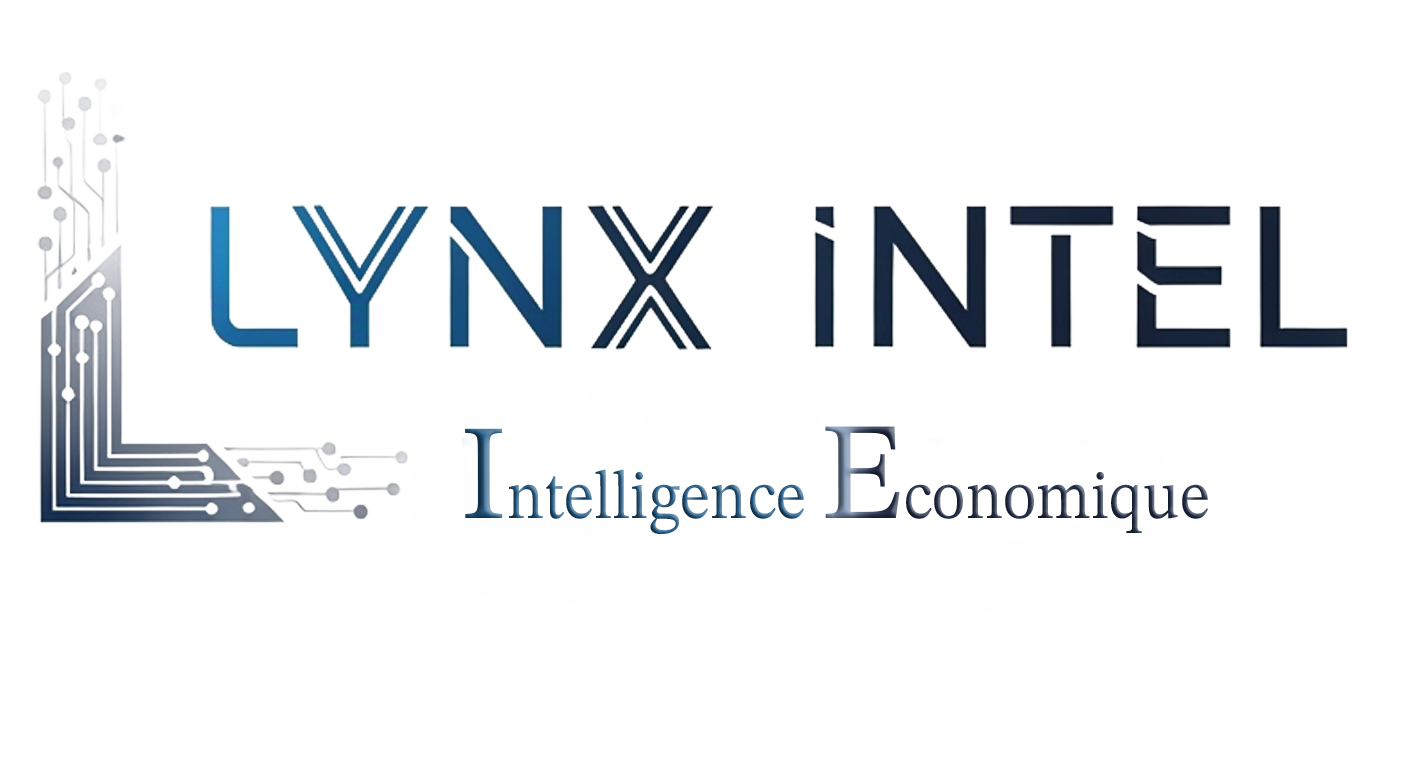In the rapidly evolving world of artificial intelligence (AI), businesses are confronted with a pressing issue: the rising costs associated with deploying and maintaining advanced AI technologies like Large Language Models (LLMs). Fortunately, a groundbreaking solution known as the Continuous Autoregressive Language Model (CALM) has emerged to address this challenge, promising not just financial savings but also a reduction in environmental impact.
Why Are AI Costs So High?
Implementing and operating sophisticated AI models, such as GPT and other generative algorithms, requires tremendous computational resources for training and inference. On one hand, training these models involves processing colossal datasets, consuming substantial amounts of energy in the process. On the other, inference—the phase where the model generates responses—requires equally vast resources, multiplying the financial costs and environmental burden.
According to a recent report, training the GPT-3 model consumed thousands of teraflops, resulting in a carbon footprint of significant proportions.
In light of these staggering costs, companies are searching for more efficient alternatives. This urgency has led to the rise of CALM, an innovative solution that dramatically cuts the computational demands of AI.
What Is CALM and How Does It Reduce Costs?
Developed through joint research by Tencent AI and Tsinghua University, CALM is a cutting-edge language model designed to enhance efficiency. Unlike conventional models that generate text one word at a time, CALM processes multiple words simultaneously by bundling them into a single continuous vector representation. This approach reduces the computational steps required, effectively slashing both resource consumption and costs.
Moreover, CALM opens new possibilities for deploying AI in industries like industrial IoT networks, where real-time data flow demands constant processing power. CALM’s leaner architecture proves ideal for these applications.
Three Key Features That Make CALM Efficient
CALM’s efficiency stems from its unique architecture, driven by three fundamental innovations:
- Compression Vector Representation: This feature uses a high-fidelity encoder to combine sequences of words into a single vector while retaining contextual richness. This drastically reduces the model’s computational demands.
- Softmax Replacement: CALM eliminates the need for traditional probabilistic computations during predictions. By bypassing softmax calculations, the model accelerates both training and inference stages.
- Advanced Evaluation Metrics: Traditional benchmarks like perplexity are replaced with more suitable evaluations, such as the BrierLM score, which aligns better with CALM’s vector-based structure.
Collectively, these features enhance performance while driving down the associated costs of AI operations.
What Does CALM Mean for the Future of AI in Businesses?
Adopting efficient models like CALM represents a paradigm shift for businesses leveraging AI. It allows companies to deliver the same, if not better, quality of performance with significantly fewer resources. This not only translates to cost savings but also aligns with growing global demands for environmentally conscious practices.
Organizations should seize this opportunity to develop strategic plans that incorporate eco-friendly and cost-effective AI technologies. Doing so places them at the forefront of technological innovation while addressing the dual challenges of profitability and sustainability.
Measurable Benefits of CALM
Implementing CALM yields tangible advantages for businesses, such as:
- 44% reduction in computational operations (FLOPs) required during training, lowering energy consumption and cost.
- 34% decrease in FLOPs needed for inference, enabling faster and cheaper AI deployments.
- Seamless integration with IoT devices, eliminating the need for massive investments in infrastructure upgrades.
The combination of operational efficiency and economic scalability makes CALM an attractive choice for businesses across diverse industries.
Partnering with Lynx Intel for Seamless AI Integration
At Lynx Intel, we understand that every business has unique challenges and objectives when it comes to AI adoption. That’s why we offer tailored solutions to help organizations transition to advanced models like CALM. Our expert team conducts in-depth analyses of your specific needs, providing customized strategies that optimize cost savings while enhancing performance.
Don’t let high AI costs weigh you down. Contact Lynx Intel today to take your AI operations to the next level.


